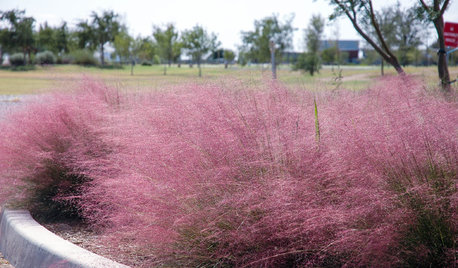Prickly Pear aka Nopal cactus
clarkinks
9 years ago
Featured Answer
Comments (10)
clarkinks
9 years agoNoogy
9 years agoRelated Professionals
Eden Prairie Landscape Architects & Landscape Designers · Marina Landscape Architects & Landscape Designers · Brookline Landscape Contractors · Lady Lake Landscape Contractors · Oklahoma City Landscape Contractors · Richmond Landscape Contractors · Saint George Landscape Contractors · San Antonio Landscape Contractors · Santa Maria Landscape Contractors · Seymour Landscape Contractors · St. Louis Landscape Contractors · Tavares Landscape Contractors · Uxbridge Landscape Contractors · West Orange Landscape Contractors · Palos Hills Landscape Contractorshaldogg
9 years agofabaceae_native
9 years agoclarkinks
9 years agofabaceae_native
9 years agoclarkinks
9 years agotrianglejohn
9 years agoclarkinks
9 years ago
Related Stories

GARDENING GUIDES10 Creative Ideas for Cactus and Succulent Gardens
Arrange cactuses and succulents amid salvaged treasures, against a vibrant painted wall or in terraced beds
Full Story
GARDENING GUIDES6 Native Ground Covers for Tough, Dry Spots
Sun beating down on your sandy gravel? Thick shade darkening your clay soil? There’s a ground cover here for you
Full Story
NATIVE PLANTS10 Top Plants Native to the Desert Southwest
Get a thriving garden despite unforgiving conditions with these tough, unthirsty, sun-loving beauties
Full Story
COLORFlower Power: Pick Your Palette From Posies
For no-fail color combinations, take your cue from Mother Nature
Full Story







trianglejohn